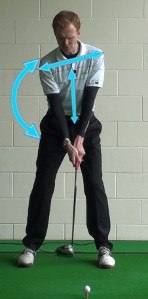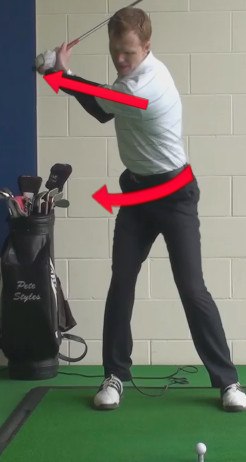
Time appeared to be running out on Mark O’Meara’s quest to win a major title as he entered the latter stages of his stellar career. Long one of the PGA Tour’s most consistent players – he ranked among the world’s top 10 for nearly 200 weeks from 1986-2000 — O’Meara’s impressive resumé featured one glaring hole.
Next thing you know, O’Meara broke through by winning the 1998 Masters with a dramatic, final-hole birdie. He clearly enjoyed the feeling, following up in July with an Open Championship victory at Royal Birkdale. From zero majors to two in a span of three months – not bad for a 41-year-old.
Those would turn out to be the final wins of his PGA Tour career, giving him 16 in all. O’Meara now plays on the Champions Tour, where his signature triumph to date is the 2010 Senior Players Championship.
It’s hard to pick one thing about O’Meara’s game that stands out – and that’s a compliment. He’s solid in every aspect, from driving accuracy to ballstriking to the short game and putting. Not surprisingly, his simple, compact swing is built on sound fundamentals that O’Meara is able to repeat time after time.
O’Meara’s signature: Rotates around a tilted spine.
Who else does it: Tom Watson
Everything is in order when O’Meara sets up. His feet and body are properly aligned, his knees and hips nicely flexed, his weight well-balanced. Like all pros, O’Meara also displays a slight rightward tilt of his spine – an often-overlooked but crucial swing element.
O’Meara’s takeaway and backswing are clean, grooving the club perfectly onto the plane with a square clubface at the top. From here, no compensating moves are needed to return the club to square at impact. You’ll also notice that O’Meara’s spine tilt at the top is a mirror image of his address position.
O’Meara starts down with the classic thrust of the left hip toward the target. The upper body follows, turning around his stable spine – aka his “axis” — all the way through. He keeps his head down and behind the ball until well after impact; it finally lifts as the right shoulder passes beneath the chin.

Why it works for O’Meara: Living proof that the golf swing doesn’t have to be ridiculously complicated, O’Meara literally sets himself up for success. His address positions, including the spine angle, make it easy for O’Meara to turn back and through with no wasted motion or tricky, timing-intensive moves. As long as his fundamentals are in good shape, his swing functions beautifully.
How it can work for you: The spine should naturally lean a little right at address because the right hand is below the left on the club. But many (if not most) amateurs stand too vertically – and trouble always ensues.
Without the correct spine position, the upper body tilts toward the target as you complete the backswing, throwing your weight distribution out of whack and forcing you to start the downswing with the upper body rather than the legs. This drains your swing of power and hampers your ability to square the club at impact.
It’s easy to check your spine tilt by standing before a full-length mirror or window. Assume your normal setup and look at your shoulders and sternum. The right shoulder should be lower than the left, tilting the sternum 5° or so to the right.
Make sure not to go too far with your spine tilt, as you’ll invite a different set of problems. Get it right and you’ll find it much easier to transfer weight onto your right side and achieve full rotation of the upper and lower body. And you’ll love the results – longer, straighter shots with a lot less effort.






